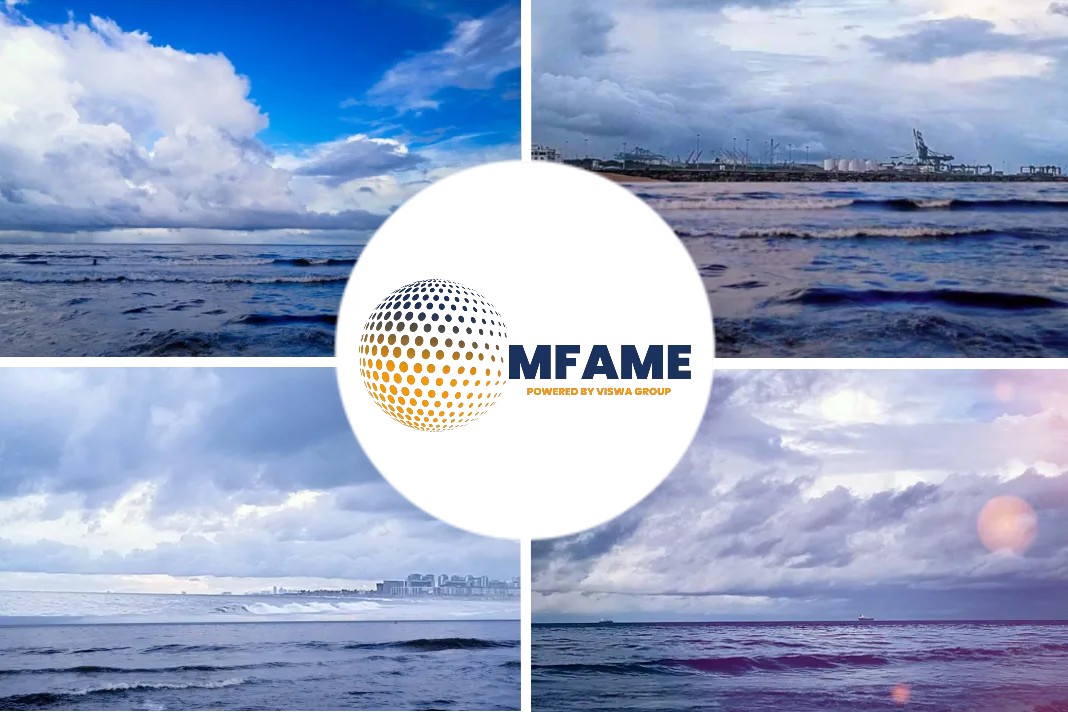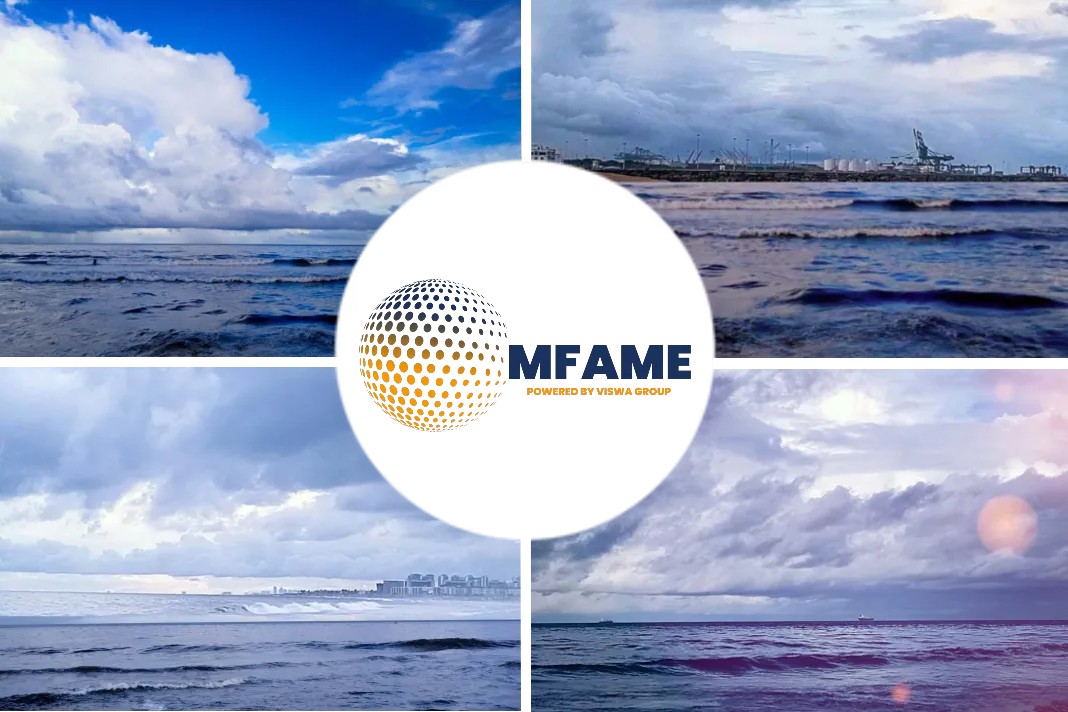- Shipping’s environmental footprint has doubled in the last decade.
- Sustainability is increasingly coloring the perceptions of the industry and has a major impact.
- Clients are investing in wind-assisted propulsion or improving their energy management systems.
- The number of oil spills relative to the amount of oil has reduced over time.
- Trend in media coverage that associates climate change with aviation over the last decade.
- Four key checkmarks that every company should look to as a measure of preparedness.
According to an article published in Safety4sea, Dustin Eno, COO, Navigate Response, analyzed how the global interest in shipping’s environmental footprint has doubled in the last decade.
Communication crisis
When it comes to crisis communication, we help our clients deal with the media and social media associated with classic vessel incidents: collisions, groundings, fires, fatalities. This is the bread and butter of what we do at Navigate Response, but increasingly the challenges facing shipping are changing.
Sustainability is increasingly coloring the perceptions of our industry and this has a major impact on my job, which is to deal with the media when a maritime casualty is in the spotlight.

The ‘other’ category, about 10% of what we dealt with in 2019, is a growing portion of what we deal with and much of this is associated with sustainability concerns.
Google’s search interest in “sustainable shipping” has increased significantly. In fact, it has almost doubled in the last decade. This trend provides a useful insight into what interests people when it comes to shipping.
Significant inventions come to the fore
Maritime engineering is seeing significant innovation. We have clients who are investing in wind-assisted propulsion or improving their energy management systems or their hull dynamics for maximum fuel efficiency. So there is a lot happening.
What isn’t happening is getting the message out to people. We see environmental activists targeting vessels because they see them as easy targets to lobby companies or charterers, and people tend to be sympathetic towards activists who target maritime.
In a recent protest, the media coverage was overwhelmingly dominated by Greenpeace’s version of events. Of the 500-plus articles that were published about the demonstrations, almost all of them had 80% of the copy directly lifted from statements that were put out by Greenpeace. The activists controlled the narrative because they were prepared and were better at exploiting both the opportunity and their media contacts.
Need for improvement
However, our industry has done a huge amount to improve – we have a lot to be proud of.

The graph above includes data put together by ITOPF, which looks at the number of oil spills relative to the amount of oil transported over time. This graph shows a huge success story for our industry. Our safety record has improved dramatically.
When it comes to moving cargo from point A to B, one thing that won’t change in the foreseeable future is the dominant role of shipping and its fixture in the global economy. Maritime is the best way to move stuff (90 percent of all cargo) and yet the public, despite needing the stuff, is kind of slow to match the stuff they buy with the ships that bring it.
Media coverage trend
If we compare maritime with, say, aviation, based on media coverage, we see an interesting story.
In the graph below, we see the trend in media coverage that associates climate change with aviation over the last decade.

It might surprise you to see that there is a slight downward trend. Despite the fact that aviation is burning more fuel than ever, the line has trended down in terms of public perception.
When you add the line for shipping (below), something has clearly gone wrong for the maritime sector.

We can speculate about why. Five years ago we were roughly at the same point as aviation in terms of public perception. And then aviation figured something out – they needed to do something more to communicate with concerned stakeholders – and they did so. Shipping didn’t.
Shipping has an image problem
It means that whenever I try to say: ‘Look, we’re doing a great job dealing with this problematic situation,’ I face an uphill battle. Every time there is a poorly managed incident, people maintain the belief that our industry is problematic. This belief is reinforced and my job becomes harder. All of our jobs become harder. But, perhaps surprisingly, there can be a solution that comes out of a crisis.
A crisis can be an opportunity because it attracts attention. If you want to win a battle for hearts and minds, if you want to convince people that we are a positive industry, you need to get people to look at us, you need to get them to start paying attention. And people pay attention when things go wrong in our industry.
Pictures of vessels in problematic situations are spectacular, not for those owning the vessel or those onboard, but from a media standpoint. For anyone nearby with a phone, the pictures are spectacular. These images go around the world in an instant and people start paying attention to us – to shipping.
The question is what do we do with that attention?
Far too often, our industry thinks: ‘hide behind our website, move away, don’t say anything, people will just look away’.
We can either engage and tell our story or do what too many have done in the past, which is to stand back and hope to hide away in the shadows. That simply leaves room for everyone else with an opinion to comment.
Organizations in other industries recognize this, and they work much harder than we do. For example, London Heathrow airport has invested in communicating about their carbon strategy, having a conversation about the ‘elephant in the airport’, as they put it.
In another example, H&M, one of the largest clothing manufacturers in the world, who has been criticized for being poor on labor standards and poor on environmental standards, has come out with a campaign talking about their sustainable “conscious line”.
Other industries need to spend huge amounts of money in order to get the attention they need, to change the narratives about themselves. The maritime industry doesn’t need to invest millions, we should just be prepared to utilize attention when it is pointed at us.
How do we engage when something goes wrong? How do we engage with our stakeholders when things are going well? One of the simplest things we can do is take advantage of those moments when we are in the spotlight. When we can’t avoid being the story. If one shipping company seizes the moment and deals with a situation really well, the whole sector benefits. No shipping company is alone in the public perception; we are all in it together.
Four key highlights
So, what does a shipping company need to do in order to be prepared to seize the moment?
There are four key checkmarks that every company should look to as a measure of preparedness. Every company should have:
- Detailed shore and vessel contingency planning
- A communications handbook
- Media training at all levels – and especially for identified spokespeople
- Arrangements to use external resources
Did you subscribe to our daily newsletter?
It’s Free! Click here to Subscribe!
Source: Safety4sea





















